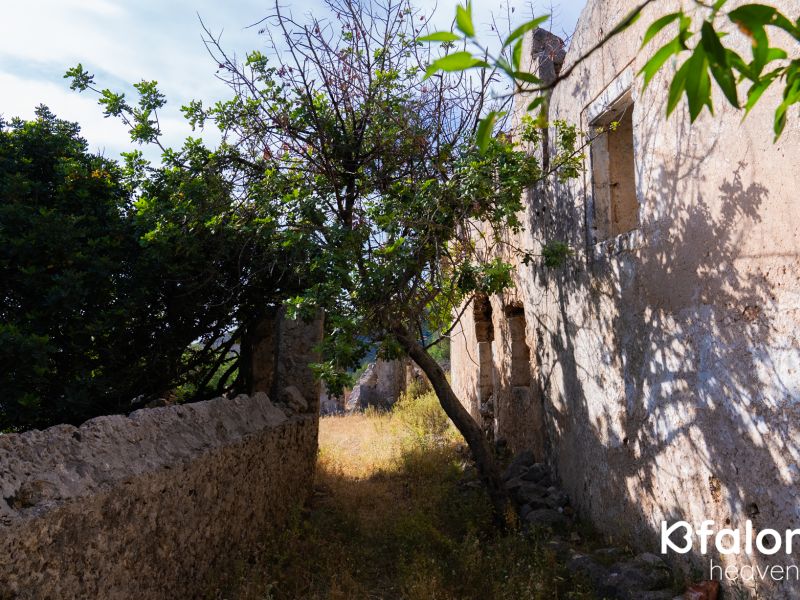This website uses cookies so that we can provide you with the best user experience possible. Cookie information is stored in your browser and performs functions such as recognising you when you return to our website and helping our team to understand which sections of the website you find most interesting and useful.

Old Farsa abandoned village
Farsa, like many villages on Kefalonia, bore the brunt of the 1953 earthquake’s devastation. Yet, it stands apart from others, remaining largely intact due to a unique decision by its residents. Faced with the urgent need for shelter after the earthquake struck in August, they opted to relocate nearer to the Argostoli-Fiskardo country road, facilitating quicker construction of new homes before winter set in.
The village’s origins trace back to Venetian times, referenced in archival records as “Farisa,” likely derived from the ancient Greek term “farsea,” denoting remoteness. Despite this name, the villagers are known for their industriousness, evident in the meticulous stone walls they built along Mount Horeftis’ western slopes. Originally farmers and livestock breeders, many later became sailors, venturing far and wide with their ships.
Although the earthquake caused considerable damage, Farsa endured. Its resilient stone structures stood firm, a testament to the determination of its builders. Today, visitors can still sense the village’s former vitality as they stroll its lanes and explore its historic homes.

























